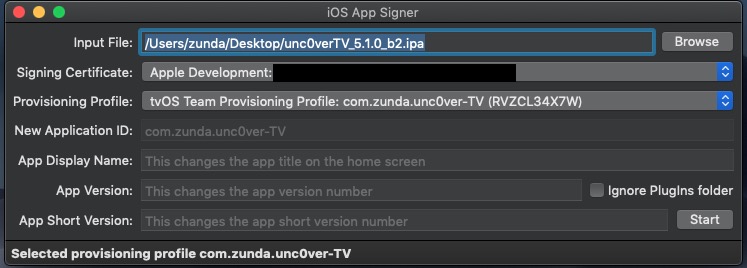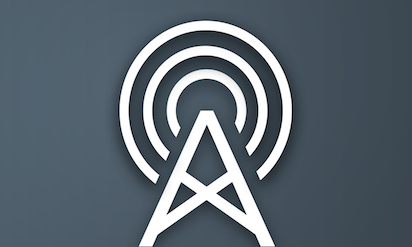

System logs often help a lot in debugging vague problems around app installation. The app is now added to the list of installed app end is installed n the device.Īccessing raw logs on an iOS device requires hooking up that device via a USB cable to a computer. In the dialog that appears, choose the iOS App file and click Open. In the Installed Apps table, click the Add button (+) below the table. In Xcode, choose Window > Devices and select the device under Devices.
#Tvos ipa files install
To install an app on a device using Xcode You can install iOS App files on devices using Xcode. Installing Your App on Test Devices Using Xcode In the dialog that appears, review the app, its entitlements, and the provisioning profile.Ĭlick Export and finally the Finder shows the exported files. In the distributions options screen, choose the options you prefer and click Next.Īfter you choose the signing options click Next. In the dialog that appears, choose a signing method and click Next.
#Tvos ipa files code
The app will be code signed with the distribution certificate. To distribute your app to users with designated devices, choose the Save for Ad Hoc Deployment.
#Tvos ipa files archive
To create an iOS App file for testing, select an archive in the Archives organizer.Ĭlick the Distribute App button. To create an IPA file press the Distribute App button.Įxporting Your App to an IPA ( Ad Hoc provisioning profile) Xcode runs preliminary validation tests on the archive. The Archives organizer appears and displays the new archive. When you disconnect the device, the menu item changes to the Generic iOS Device. If a device is connected to your Mac, the device name appears in the Scheme toolbar menu.
#Tvos ipa files simulator
(You can’t create an archive of a simulator build).

In the Xcode project editor, choose Generic iOS Device - or your device name from the Scheme toolbar menu. Xcode stores this archive in the Archives organizer. Archiving Your AppĬreate an archive of your app. * Please note that this is not a legal document, and refer to Apple's website for the exact terms of service for any Apple service. We warmly recommend any company to apply to Apple's iOS Developer Enterprise Program, and sign iOS apps for internal use with an Enterprise certificate. Make sure you have created an Ad Hoc provisioning profile specifying an App ID that matches one or more of your apps, a set of test devices, and a single distribution certificate at the developer portal. IOS App Store - for distributing through the apple app store.Īd Hoc - for installing on designated devices.Įnterprise - for distributing an app within your organization.ĭevelopment - For distributing within members of your team. There are 4 types of distribution provisioning profiles you can create for apps:



 0 kommentar(er)
0 kommentar(er)
